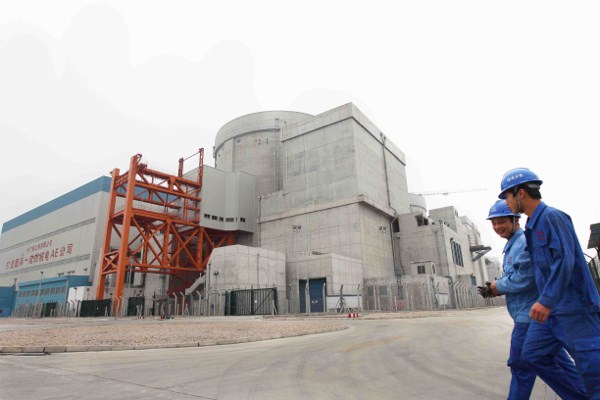In February, China’s State Council announced the approval of two new nuclear reactors at the Hongyanhe nuclear power plant in the northeastern province of Liaoning, underscoring Beijing’s intention to move forward with an ambitious nuclear power plant construction program despite the 2011 Fukushima nuclear accident in neighboring Japan. In the wake of that accident, when other players slowed and in some case scuttled nuclear development, China limited itself to holding off on approving new reactors while safety procedures throughout the country’s nuclear facilities were reviewed. However, none of China’s 24 nuclear reactors already in operation were shut down, and ongoing construction on another 25 was allowed to continue.
The State Council’s decision to expand Hongyanhe came soon after the end of that period of review. It was not a surprise, given China’s desire to look for alternatives to coal in order to meet its rapidly growing electricity needs while reducing carbon emissions and air pollution. In November, Chinese President Xi Jinping pledged in an agreement with U.S. President Barack Obama to double the share of non-fossil fuels in China’s energy mix to 20 percent by 2030. And China’s leadership remains committed to significantly increasing the number of nuclear power plants in operation to 75 by 2020, an ambitious goal to say the least.
That would translate into a capacity to generate 58 gigawatts of electricity from nuclear power by 2020, or about 8 percent of China’s projected electricity needs. This is a significant jump from current capacity, which only meets about 2 percent of the country’s needs. In order to meet this goal, construction on 24 additional plants not yet formally approved would have to start within the next few years, in addition to the two at Hongyanhe. Given the ambitious targets set by China’s political leadership, nuclear regulators are likely feeling the pressure to begin permitting new construction even if safety concerns remain.

